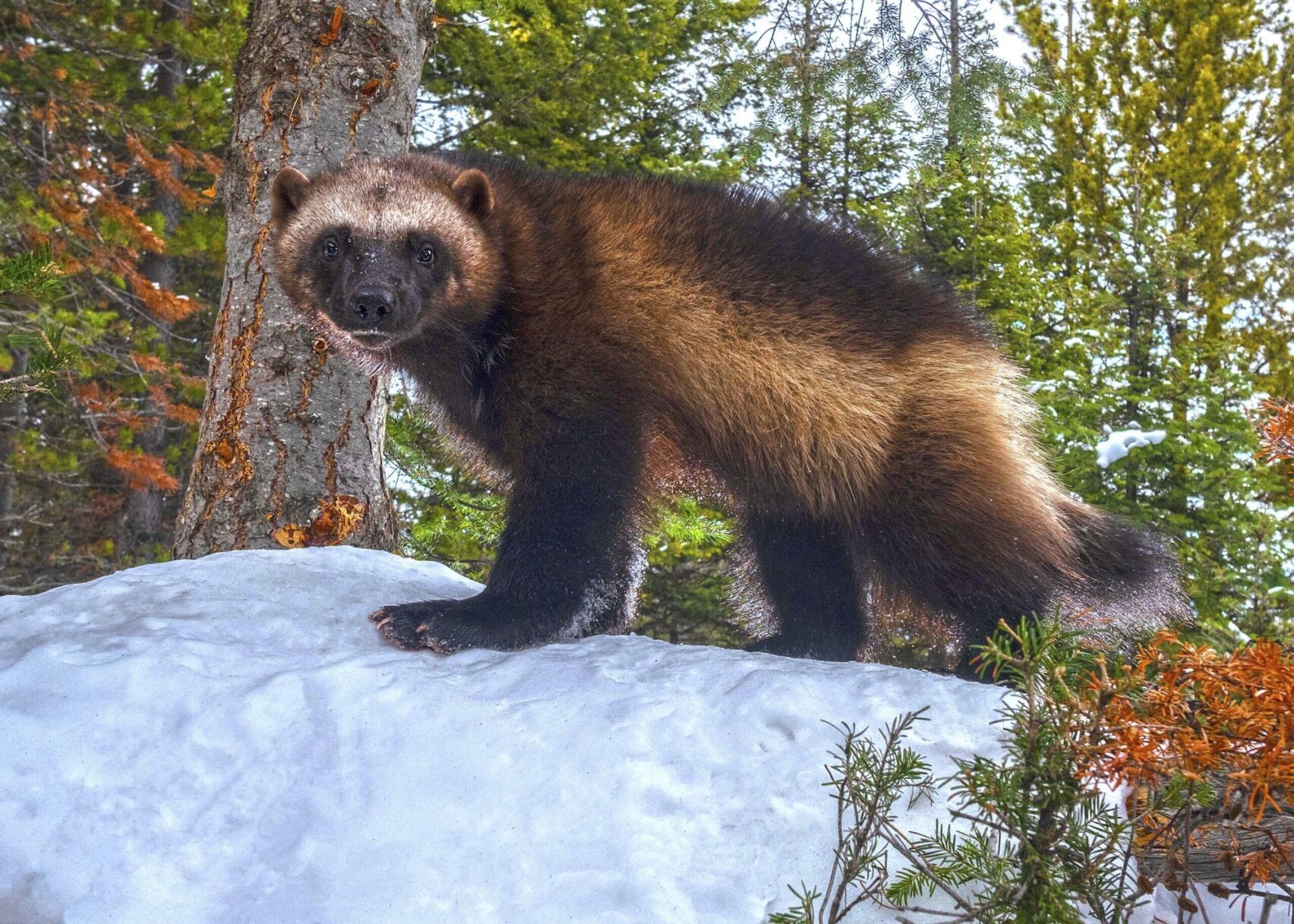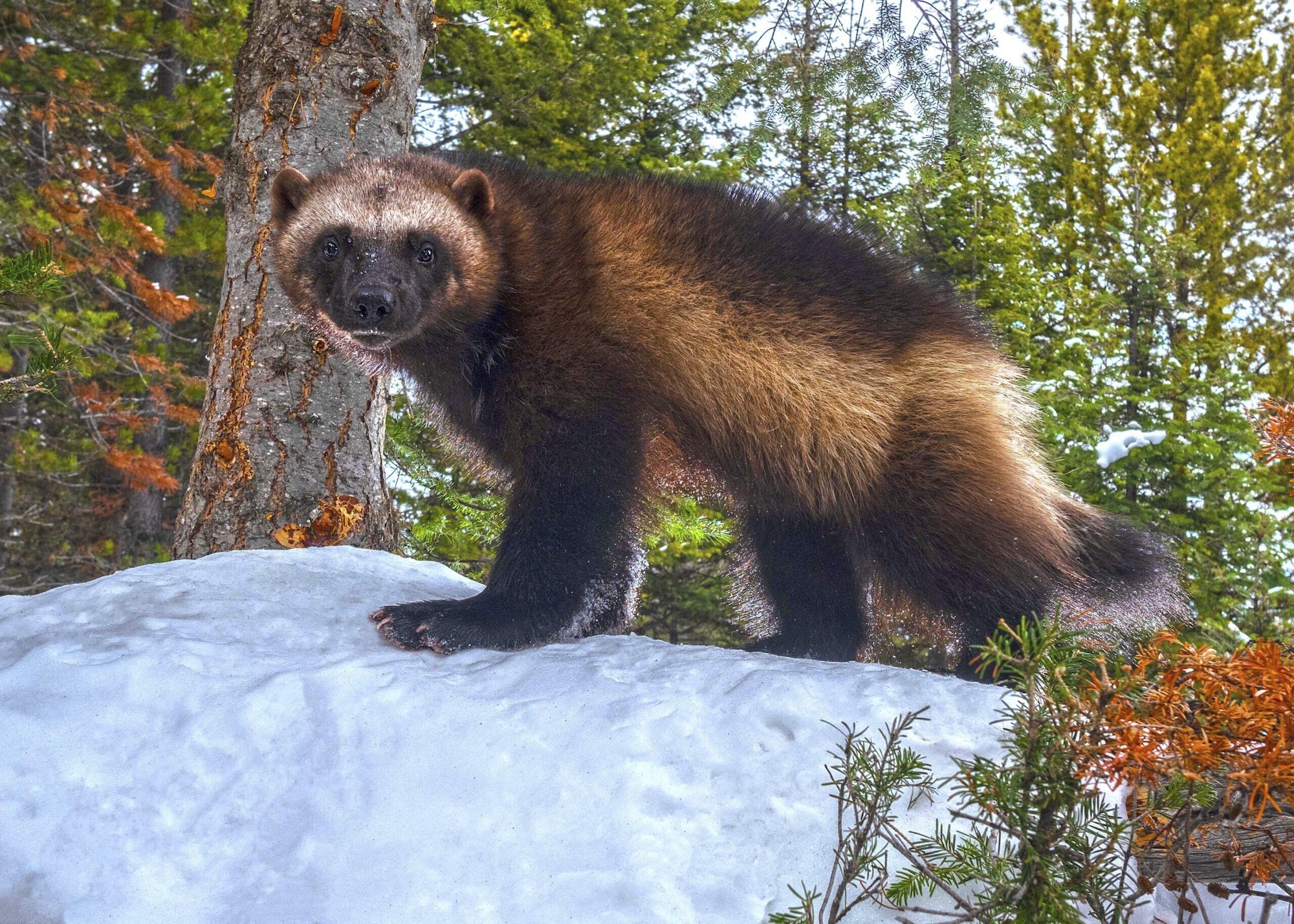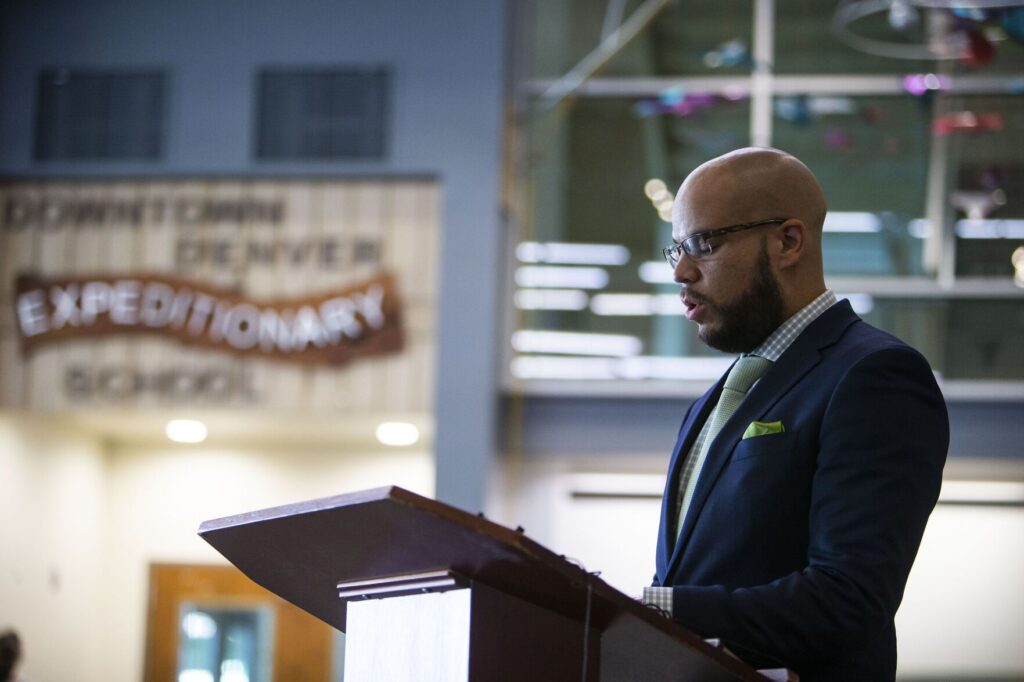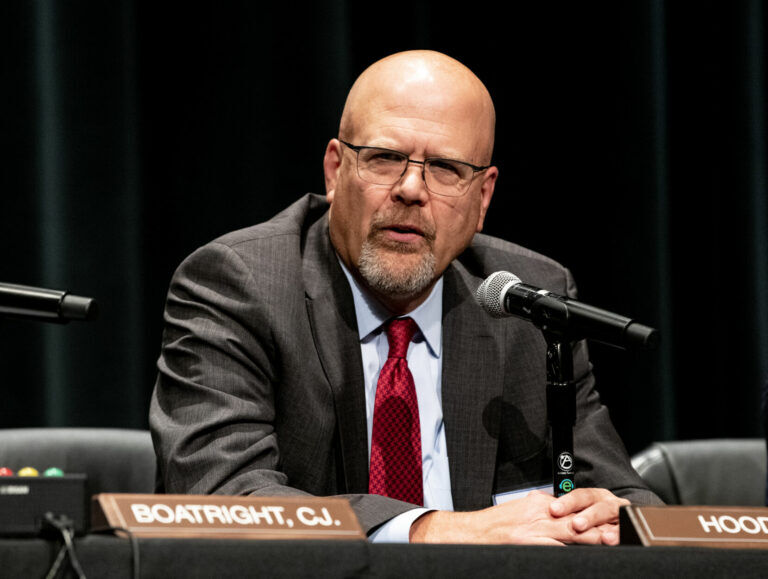US moves to protect wolverines as climate change melts their mountain refuges | OUT WEST ROUNDUP

MONTANA
US moves to protect wolverines as climate change threatens extinction
BILLINGS – The North American wolverine will receive long-delayed threatened species protections under a Biden administration proposal released on Nov. 29 in response to scientists’ warnings that climate change will likely melt away the rare species’ snowy mountain refuges and push them toward extinction.
Across most of the U.S., wolverines were wiped out by the early 1900s from unregulated trapping and poisoning campaigns. About 300 surviving animals in the contiguous U.S. live in fragmented, isolated groups at high elevations in the northern Rocky Mountains.
In the coming decades, warming temperatures are expected to shrink the mountain snowpack wolverines rely on to dig dens where they birth and raise their young.
The decision by the U.S. Fish and Wildlife Service follows more than two decades of disputes over the risks of climate change, and threats to the long-term survival of the elusive species.
The animals resemble small bears and are the world’s largest species of terrestrial weasels. Sometimes called “mountain devils,” they thrive in harsh alpine environments.
Protections were rejected under former President Donald Trump. A federal judge in 2022 ordered the administration of President Joe Biden to make a final decision this week on whether to seek protections.
Republican lawmakers in Montana had urged the administration to delay its decision, claiming the scientists’ estimates were too inaccurate to make a fair call about the dangers faced by wolverines.
The animals require expansive wildlands, with home ranges for adult wolverines covering as much as 610 square miles, according to one study.
NEW MEXICO
State creates council to address missing, slain Native Americans
ALBUQUERQUE – New Mexico is creating a new advisory council that will be charged with implementing a state plan for responding to cases of missing or slain Native Americans, with top state officials vowing on Nov. 28 that the work will lead to more people being found and families gaining closure.
Democrat Gov. Michelle Lujan Grisham’s announcement follows criticism from advocates who feared the state was losing momentum after the governor dissolved the task force that came up with the plan more than a year ago.
Advocates renewed their criticism, saying work to implement the plan has stalled and that communication among law enforcement and victims’ families remains one of the biggest problems. That issue was acknowledged by the governor as she announced the next step in New Mexico to address what has been described as a crisis for Indigenous communities both in the United States and Canada.
“Bringing more law enforcement to the table will help address a major crux of this issue: a lack of coordination among federal, tribal, state and local entities,” Lujan Grisham said in a statement.
Pojoaque Pueblo Gov. Jenelle Roybal and Picuris Pueblo Gov. Craig Quanchello will lead the council. The two are in the final stages of selecting the other council members.
Darlene Gomez, an attorney who has been helping families with missing relatives, said she was disappointed that there didn’t seem to be much of a plan beyond announcing that a council would be formed.
Nationally, federal officials are weighing the recommendations of a special commission that spent more than a year gathering comments and talking with tribal leaders, families, health care providers and other experts about the best ways for tackling the high rate of violence in tribal communities.
The U.S. Interior and Justice departments are under a mandate to respond to the recommendations early next year.
‘Justice stations’ open, allowing more remote appearances
GALLUP – New Mexico officials are setting up “justice stations” in the northwestern part of the state including on the Navajo Nation, in order to help people access state courts without traveling as far.
State officials said on Dec. 11 that newly installed judicial outposts provide virtual access to magistrate court hearings.
“By using a justice station, people can conduct business with a state court when they have no internet connection at their homes or lack reliable cellular phone service,” Eleventh Judicial District Chief Judge Curtis Gurley said in a statement. “The justice stations offer more convenience for people who otherwise would need to go to Gallup, Farmington or Aztec for a court hearing.”
Each of the stations has a computer allowing people to appear remotely in a hearing conducted by one of the magistrate courts in San Juan or McKinley counties. The stations can be used for traffic cases and pretrial hearings in misdemeanor and civil cases in those magistrate courts, which make up the Eleventh Judicial District.
The stations can’t be used for domestic violence cases in the district.
NORTH DAKOTA
Decision on future of wild horses in national park expected next year
BISMARCK – About 200 wild horses roam free in a western North Dakota national park, but that number could shrink as the National Park Service is expected to decide next year whether it will eliminate that population.
Advocates fear a predetermined outcome that will remove the beloved animals from Theodore Roosevelt National Park. An extended public comment period ended on Nov. 24 on the recent environmental assessment of the park’s three proposals: reduce the horse population quickly, reduce it gradually or take no immediate action.
The horses have some powerful allies – including North Dakota Gov. Doug Burgum and U.S. Sen. John Hoeven – while advocates are pulling out all the stops to see that the animals stay. Park officials say they want to hear from the public.
The horses are popular with park visitors, who often see and photograph them along the park’s scenic road and hiking trails through the rugged Badlands.
Evaluating whether the horses belong in the park has “been a long time in coming, and it realigns us with our overarching policies to remove non-native species from parks whenever they pose a potential risk to resources,” said Jenny Powers, a wildlife veterinarian who leads the wildlife health program for the National Park Service.
One of the horses’ biggest advocates fears park officials have already decided to oust the horses. Chasing Horses Wild Horse Advocates President Chris Kman cites several alternatives for keeping horses that park officials considered but dismissed in the recent environmental assessment.
Even if the horses ultimately stay, Park Superintendent Angie Richman said they would have to be reduced to 35-60 animals under a 1978 environmental assessment. The ongoing process is part of the park’s proposed management plan for “livestock,” a term the horses’ allies reject.
Wild horse advocates would like the park to conduct a greater environmental review, and want to ultimately see a genetically viable herd of at least 150 horses maintained.
KANSAS
Back to square one after residents pan new license plate
TOPEKA – Kansas has had enough problems with some outsiders seeing it as flyover country, so perhaps it didn’t need a new license plate that many people saw as ugly and drab.
Democratic Gov. Laura Kelly announced on Nov. 28 that in response to criticism of a new navy blue and deep gold plate, she had slammed the brakes on its production – only six days after her office unveiled the design. Facing a threat that the Republican-controlled Legislature would intervene, she promised an eventual public vote on several possible designs.
The now-disfavored design was mostly gold with a navy strip across the top, navy numbers and no art. It was a sharp break with the current plate, which is pale blue with navy letters and numbers and features an embossed representation of the state seal, mostly in white. Those plates have deteriorated over the years, and many are difficult for law enforcement to read, according to the state Department of Revenue, which issues them.
Starting in March, motorists would have been required to buy a new plate for 50 cents when they renewed a vehicle’s annual registration. To avoid using the new plate, they would have had to opt for a specialized one and pay an additional $45.
Kris Kobach, the state’s Republican attorney general, tweeted that the design closely resembled a New York plate known as “Empire Gold.”
Even a Democratic legislator responded to the new design by tweeting, “Absolutely not.” The Kansas Reflector’s opinion editor deemed it “ugly as sin” in a column under a headline calling it “slapdash and dull.”














